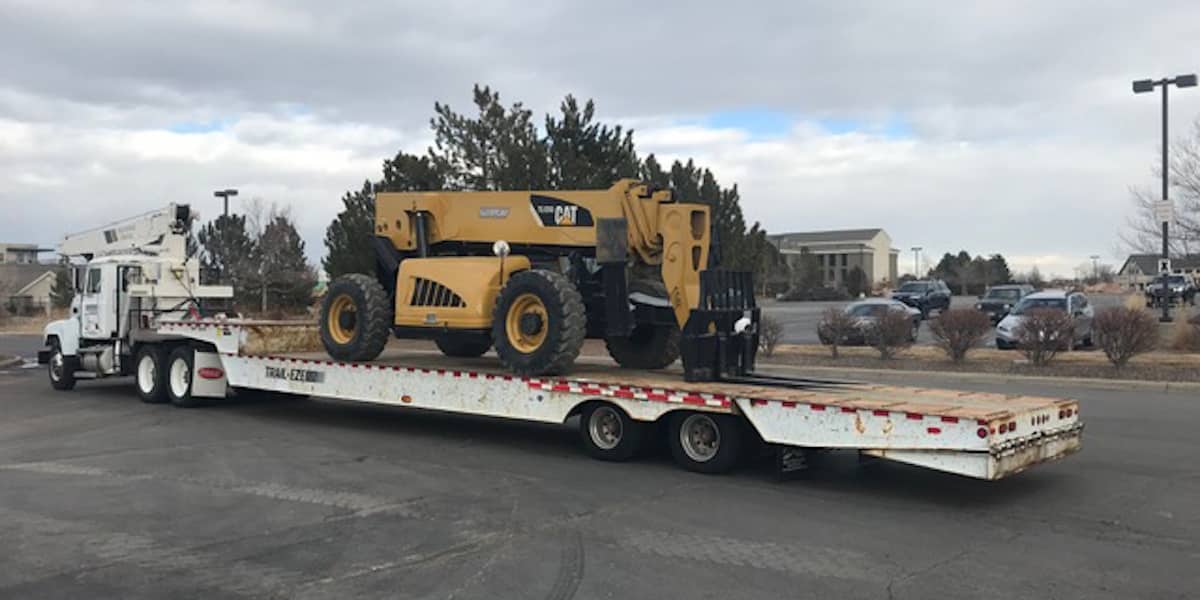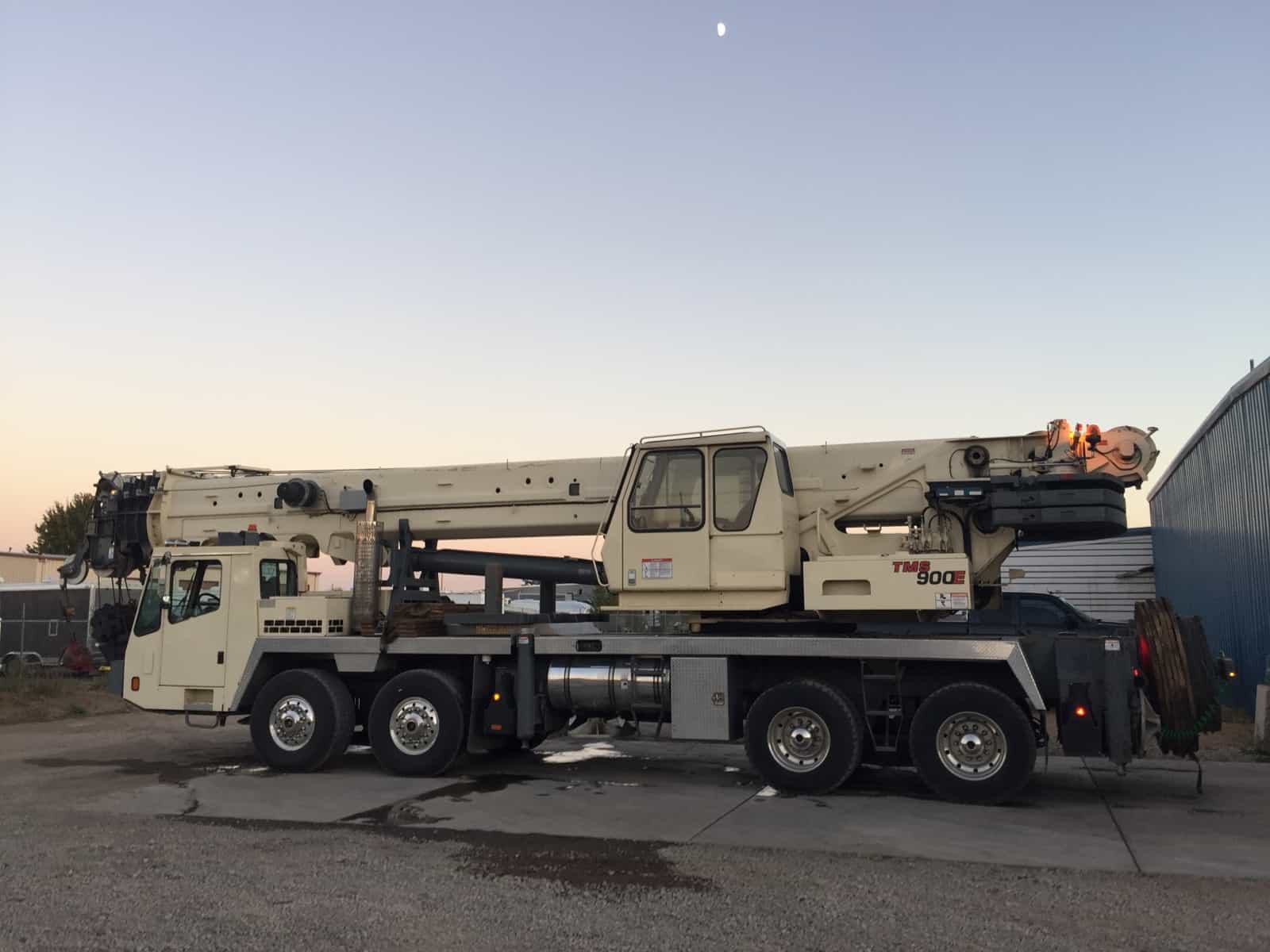In order to ensure a successful hauling process, it is important to remember that there are a slew of industries around the world that depends on industrial moving services to ship large equipment to their final destinations. These loads can be too heavy or large to utilize traditional methods of transportation and typically require an experienced team to move freight securely between locations. Transporting large items can be challenging and in this article, we go into detail on five effective tips for executing a seamless move.
- Know Every Detail About Your Project
The devil is in the details when it comes to implementing a successful heavy equipment move, which necessitates the identification of all the bells and whistles required to plan every phase of the project from start to finish. Knowing the dimensions and the weight of the products and equipment transported is absolutely critical so that the right logistics for the project can be determined. Once all of these issues have been addressed, the next step is analyzing the budget, scheduling pick-up and delivery times, and risk mitigation analysis to ensure delivery that is smooth and void of starts and stops that take up time and incur additional costs.
- Research Your Pick Up and Drop Off Locations
Depending on the type of equipment necessary for the project, there are several types of trucks and trailers that can be utilized. Selecting the correct transportation equipment is imperative to a successful heavy hauling and ensures that there are fewer setbacks from point A to B.
- Plan Your Route with Backup Options
Before you begin the process, there should already be a designated route in place so that the delivery is successful. There are a number of factors that can influence the process, so these potential setbacks should be assessed beforehand so that delivery is punctual. Intricate mapping is extremely important, which means areas of high traffic, road tolls, and areas under construction should be researched before setting off. No matter what your first option may be, there should always be a few backup plans in store as surprises and circumstances beyond your control can occur.
- Research Required Permits and Regulations
Depending on the size and weight of the cargo or equipment being transported, there might be specific types of permits that are mandated. Be sure to only hire companies that are trained properly and know the ins and outs of securing large loads and are comfortable operating the equipment they are transporting. Drivers should also always be made aware of the laws and the permits they will need as required by authorities. Following these rules will ensure that travel is as efficient as possible, delivery times are met, and unexpected costs are reduced.
- Choose an Experienced Company
Last but certainly not least, selecting the right company to move your larger freight and heavy equipment is the most important component to ensuring a move that is successful. When it comes down to it, experienced companies are impressive with the planning of transportation routes, procuring documents, finding the right equipment, and implementing a few options in case of a hiccup while on the road. One of the benefits of using a company like Pro Lift is that we have the equipment and experience necessary to transport heavy equipment or cargo and securely lift large items with one of our many mobile cranes.





3 Responses
I am currently looking for lifting equipment for our special project. These tips are really helpful in my choice of what type should I purchase. Thank you for sharing this information!
Thank you for sharing this! Very useful and well-written!
It’s a great source of knowledge; I think it will be helpful for lot of people who are looking for learning more about the 5 tips for moving heavy equipment. Thank you very much for sharing this article.